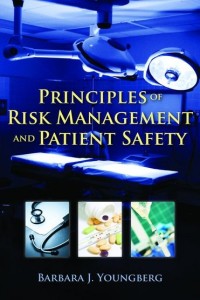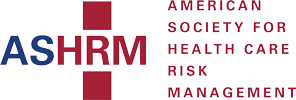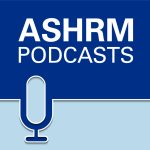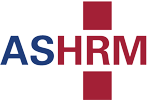Sometimes it is beneficial to look at risk management through fresh eyes, especially from those who see risk management from a different paradigm. This book offers a different perspective — Youngberg, B.J. (2011) Principles of Risk Management and Patient Safety. Sudbury, MA: Jones and Bartlett Learning. Many respected authors who write for this text are associated with the American Society of Hospital Risk Management.

There are four sections to the text with an over-reaching theme of integration of the interprofessional model of enterprise risk management. The book begins painting a picture of the integration and intersection of risk management and patient safety, and the occasional tensions created by this intersection. Some pragmatic advice is given on how to set-up risk departments, how to benchmark and how to strategically plan. Also discussed are the barriers to patient safety such as “never events,” error acknowledgment, governance, culture and legal opportunism. The focus is introduced in this manner:
Patient safety and comprehension of the science of safety are not only expectations in the healthcare industry but also a cause for continual struggle internally with regard to who is responsible for patient safety and what patient safety strives to do.
The work of patient safety spans the entire system and begins to embrace much of the risk-intelligent-enterprise model. The work crosses multiple “silos” and needs to be addressed from a systems approach (p.10).
The text then turns to risk financing and begins with words from ASHRM’s former guru and author Roberta Carroll. Specific issues of working with insurance providers, medical liability cost allocation and workers’ compensation are addressed.
The final two sections have more substance and address claims management and loss control. The claims management section gives guidelines for in-house management, principles for discovery, disclosure, early offer and post-disaster recovery. Again, it is noted that none of the above happens in a vacuum. Lastly, there is a focus of creating systems using principles of risk management and patient safety to mitigate loss. Examples of health literacy, fatigue mitigation, communication enhancement and hand-off payoffs meld systems and communication as key factors in risk mitigation.
Appropriate audiences for this text include undergraduate and graduate students, risk managers, patient safety managers or any healthcare manager who wants further insight into risk management. I used this book in a risk management class for physician assistants.
The compilation of various authors who contributed to the text brings invaluable expertise and insight into today’s operational issues. The text is still fresh, although it was published a few years ago. In fact, it is nearly prophetic. At an excess of 500 pages, it is not an over-night read. Of course, that was not the intention. Each chapter needs a reader’s full attention. Although sample forms and readable charts are included, more signals and multi-media-like graphics would have made it more readable. It is serious reading material and moments of lightness would have helped readability.
No text can cover every issue on everyone’s mind. However, this text seems to well-prioritize the issues at hand. That is likely why risk financing is treated lightly compared to other topics here. One wonders if that section might even be better suited elsewhere or as an online link. All in all, the book makes an excellent contribution to the risk management literature.
Mark Dame, MHA, CPHRM, FACHE
Assistant Professor
Department of Healthcare Management and Leadership
TTUHSC School of Health Professions
Lubbock, Texas








